Russia Sets Up Civilian Patrols To Protect Base After Drone Attack Destroyed Jets
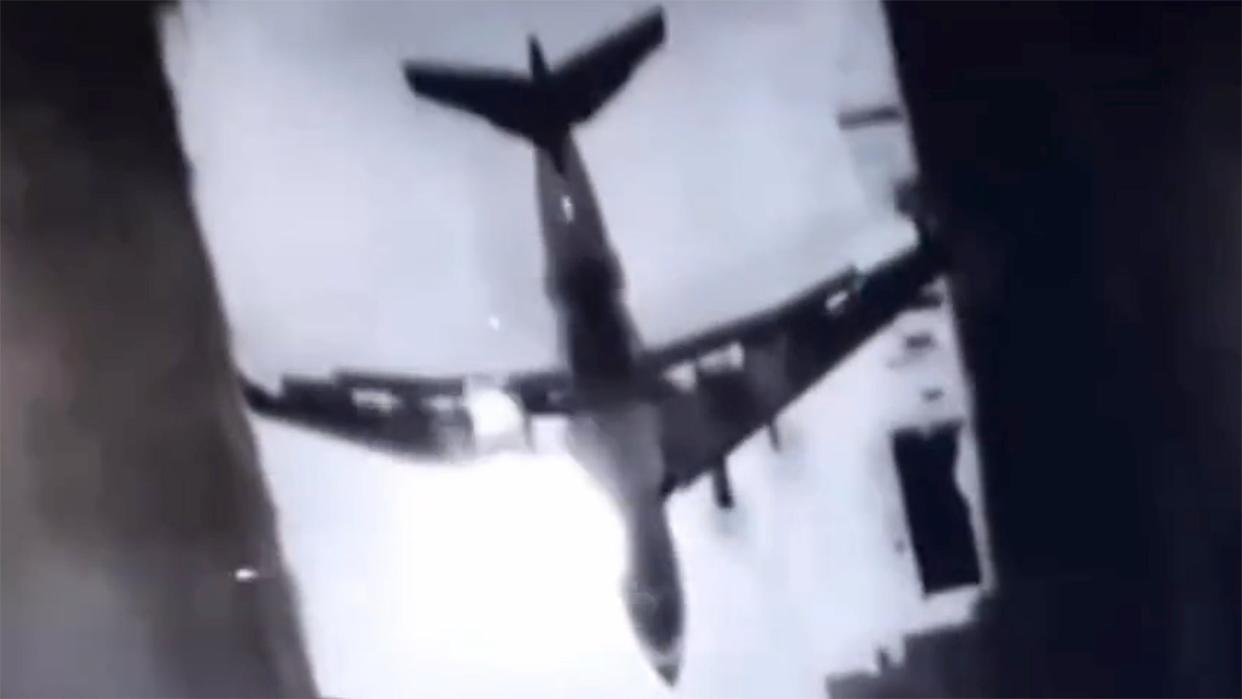
In the wake of a Ukrainian drone attack on Kresty Air Base in Pskov Oblast, Russia that destroyed two Il-76 Candid heavy cargo jets and damaged two others, the region’s governor announced the formation of a citizen’s squad to protect the base and other sensitive locales across the area.
The move comes a day after Ukraine’s spy boss told us that the Aug. 29 attack was carried out from inside Russia. Imagery taken by a drone during the strike The War Zone obtained largely confirmed this claim and now the full video from that perspective has been released.
https://twitter.com/feher_junior/status/1697624912851091880?s=12\u0026t=BQRSNakUKt7_8ssZiGBW-A
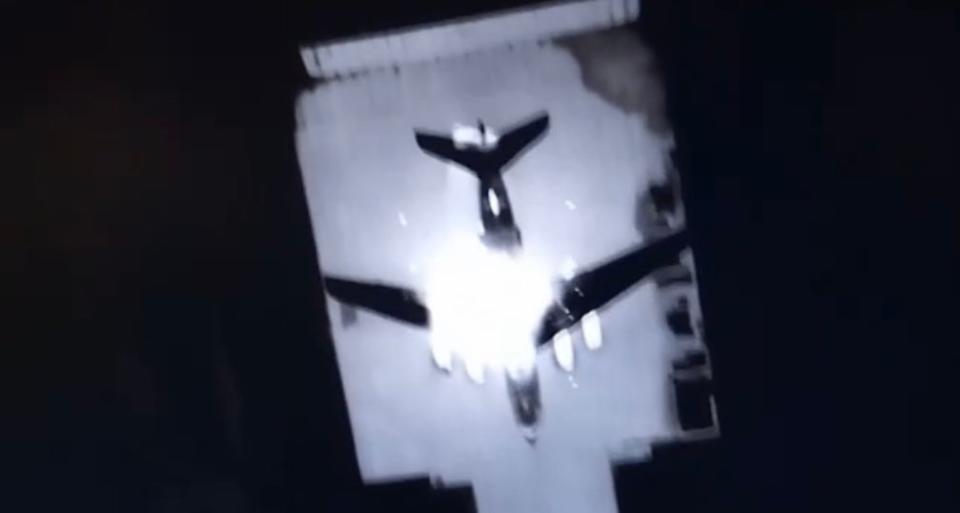
The claim was bolstered further on Friday by Russian media reporting that a quadcopter drone was fired upon over the base last night. Quadcopter-like drones, including fast-flying 'first-person' attack drones, have very limited range and usually leverage man-in-the-loop control, which requires relatively close proximity and line-of-sight. Thus they are not used as long-range standoff weapons.
The regional government was clearly alarmed by the attack on Kresty Air Base and so too apparently are many residents if the governor is to be believed.
“In the Pskov region, 800 people have already joined the Druzhina [squad], more than 200 people have filed their applications after the attack on our airport,” Mikhail Vedernikov claimed Friday on his Telegram channel. “We discussed the organization of work with Andrey Vyunov, Deputy Head of the Government Staff - Head of the Special Programs Department.”

Vedernikov said that 11 branches of the squad have been created throughout Pskov Oblast.
“This morning alone, about 50 people applied to join the squad,” he claimed, adding that a training program is being developed with classes on territorial defense, state security, combating crime and more.
“Several cars will be purchased for the Voin Center, a special uniform with chevrons will be purchased for the combatants,” he said. “Initial training should include the basic principles and skills of patrolling - this is now a top priority.”
Verdernikov yesterday claimed that air defenses at or near the base were activated against an unknown aerial object.
https://twitter.com/dana916/status/1697365299446591618
Russian media on Friday suggested that incident originated in Russia and had more details as to what was engaged.
“After shooting from small arms, the drone disappeared - whether it was shot down is now being investigated,” the Russian SHOT news outlet reported Friday on its Telegram channel. “According to preliminary information, the quadcopter was of a helicopter type and could be launched from the territory of the Russian Federation due to the characteristics of such models.”
There is no indication that any damage occurred as a result of that incident, but the SHOT account lines up with what Ukrainian Maj. Gen. Kyrylo Budanov, commander of the Defense Intelligence Directorate (GUR) told us Thursday about the origination of the drones that attacked the base.
“We are working from the territory of Russia,” Budanov told us, though he would not specify whether the attack was carried out by GUR personnel or Russian partisans. He also declined to say what kind of drones were used or how many.
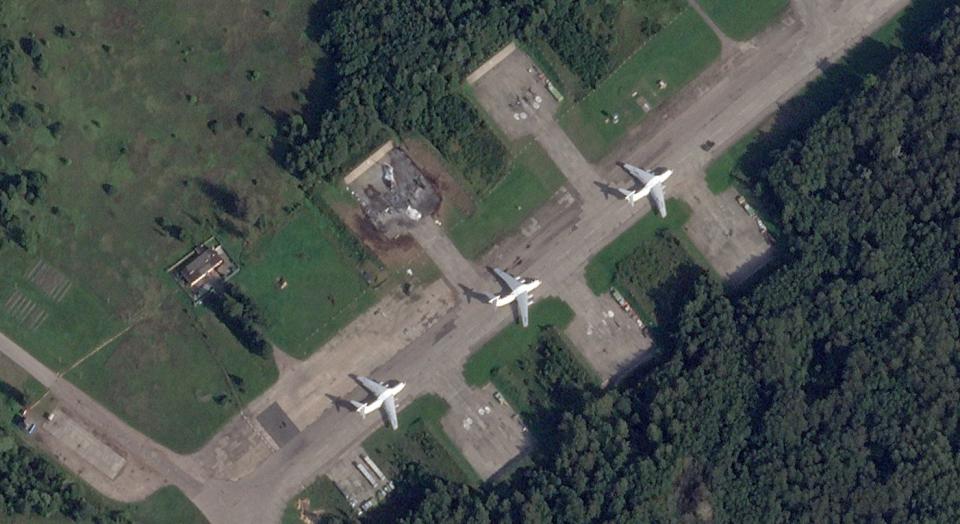
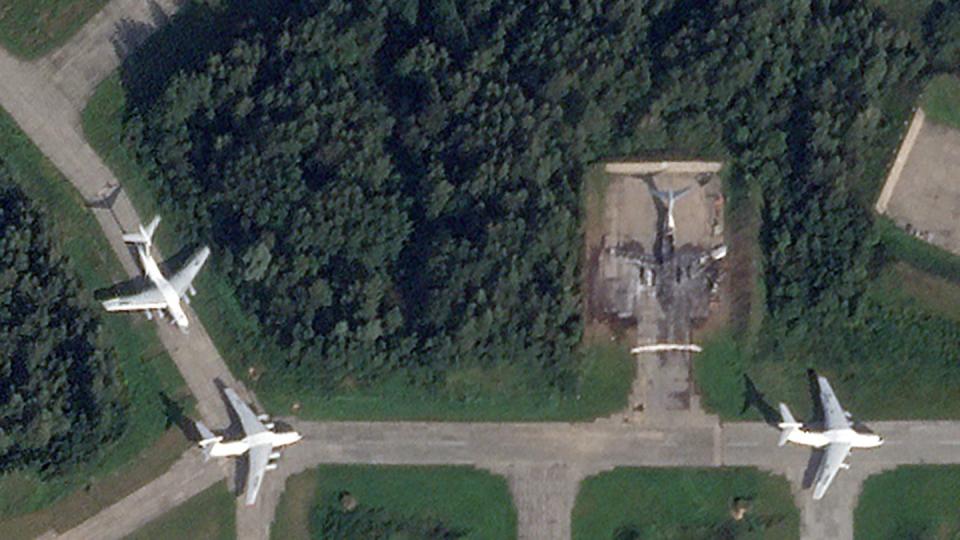
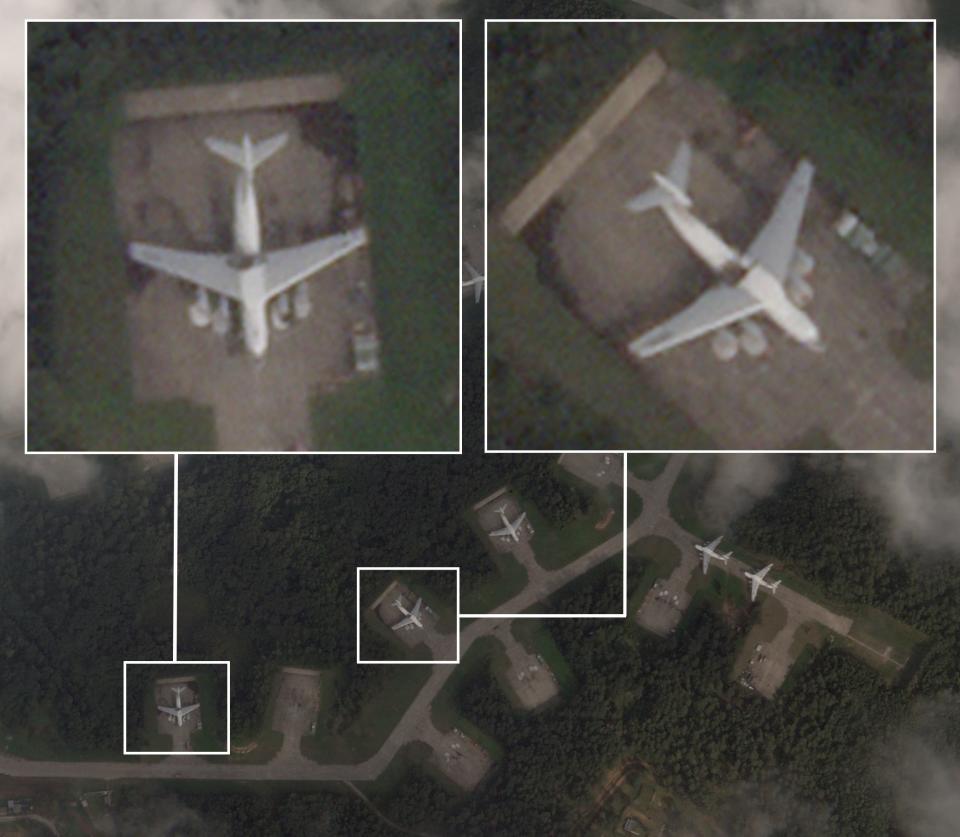
The organization of civilian patrols to help protect installations from these kind of attacks, which also comes after prior GUR claims that earlier attacks on the Soltsy-2 and Shaykovka air bases also came from inside Russia - could have significant impacts on future operations.
Units operating relatively rudimentary man-in-the-loop drones that either crash into their target and detonate or drop bomblets is a major, established threat. It's one we have highlighted for many years, with this exact scenario — attacking aircraft on flightlines in non-combative areas — being something we described as a certain reality in the future. Today, these systems are a top threat on the battlefield in Ukraine. So, the fact that teams are likely operating inside Russia, executing attacks on airbases at relatively close range, is a major security problem that is hard to overcome via traditional air defense means. Hence the neighborhood watch-like units that are being setup in the region now.
Finding the perpetrators prior to an attack being completed is a greatly preferred outcome and one that may be more realistic based on the limits of Russia's counter-UAS technologies, much of which is being funneled to the battlefield in Ukraine. While other drones acting as relays or elevated areas can be used to increase the line-of-sight range between controllers and the drones, they would still be in the general area.
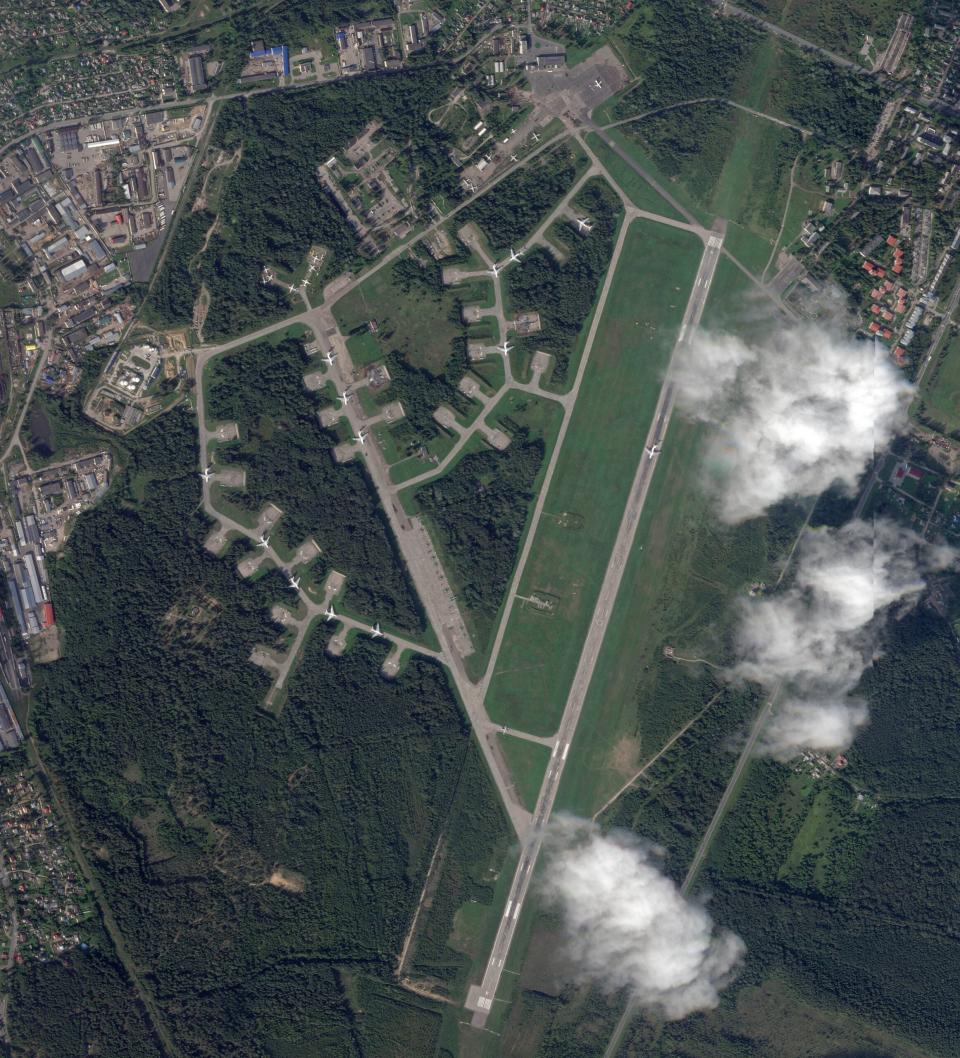
These types of drones, for the most part, emit radio emissions between themselves and controllers that can be detected by electronic surveillance equipment. Some of this equipment can even triangulate the locations of the drone and in some cases the controller. These passive surveillance systems are the backbone of most military and commercial counter-UAS capabilities.
Electronic warfare is often paired with these surveillance systems in order to eliminate the threat via a 'soft kill.' This usually includes jamming the two-way link between the drone and its operator, but the localized jamming of GPS signals can also help avert pinpoint autonomous attacks. Russia has seen success with jamming GPS in Ukraine in an attempt to lessen the efficacy of guided munitions that have been donated to Ukraine.
While Pskov Oblast Gov. Vedernikov did not specifically mention the use of drone-locating equipment, it seems logical that Russian authorities would want to deploy this type of equipment as fast as possible to find out where they are coming from and neutralize the threat before an attack has been carried out, or at least provide early warning of an impending one. But as noted above, Russia's counter-drone technology lags behind that of the west and it is in extreme demand on the battlefield. Some highly militarized legacy Russian electronic surveillance systems can be used to detect drones, but that is not their original purpose.
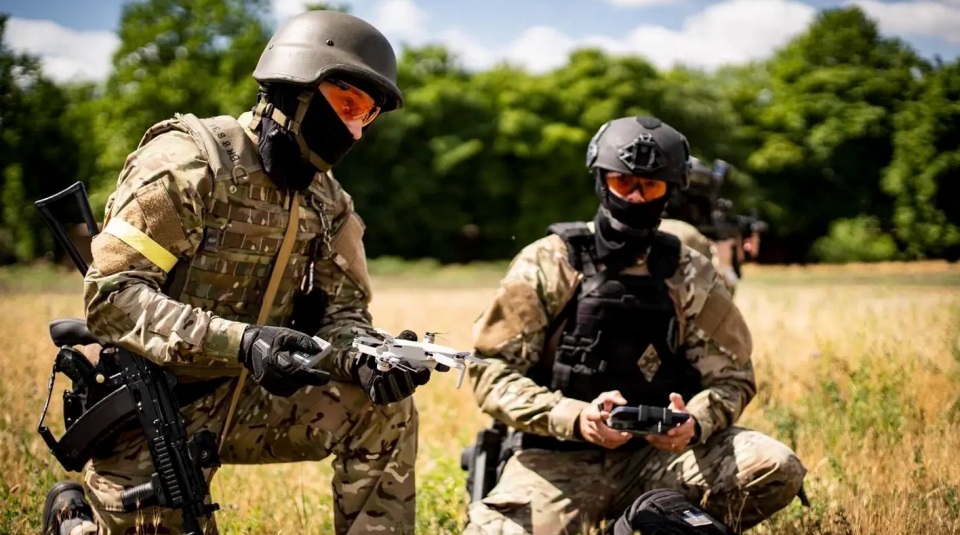
In most cases, this equipment is useless against the long-range drones launched hundreds of miles away from Ukraine which can only be eliminated by air defense systems, limited types of electronic attack, or even small arms fire. But even then, as we have seen from both inside Russia and Ukraine, falling debris from explosive-laden drones can cause extensive damage as well.
While smaller quadcopter and fixed-wing drones can be programmed to fly to a certain GPS point (or attack that point if modified to do so) autonomously, recording imagery in a dynamic fashion — literally framing shots on the fly — such as what appears to be the case of the attack on Kresty, requires an active link. That video would be recorded by the controller and then uploaded on a computer and sent to whoever requires it after the attack took place. This general class of drones can be also programmed to fly to a certain point, record a predetermined area, then fly back to the controller with the recording autonomously, but this is a far more constrained capability. Still, doing so would not betray the drone or the operator's location via electronic emissions.
It's possible that using drones that autonomously hit a fixed position and others that record those positions, without a man in the loop, could have been used, which would make them much harder to detect and counter. The recording drone would still have to return to a prescribed location and have its memory physically retrieved. This would also make it impossible to adapt the targeting and recording of objects that have moved or due to other situational conditions.
Mixing man-in-the-loop drones and those that fly autonomously to their nearby targets is a possibility too. For instance, the pre-programmed drones could strike their targets and the remote-controlled ones could record their strikes. But the benefits of using autonomous drones at all would be degraded as the presence of a threat could still potentially be detected due to the ones that are under real-time control.
So, all that being said, there are two likely concept of operations at play here, with the man-in-the-loop variety being much more likely than the pre-planned autonomous one.
Regardless, Ukrainian officials vow to continue carrying out long-range strikes inside Russia
“The result of our weapons, new Ukrainian weapons, is 700 kilometers,” Ukrainian President Volodymyr Zelensky said Thursday on his Telegram channel, without explaining what kind of weapons. “The task is farther.”
So for Russia, the cat-and-mouse game between drone strikes - wherever they originate - and countermeasures is becoming more complex and diverse by the day.
Contact the author: howard@thewarzone.com

